Quick-start guide to mastering the breaststroke, with a demonstration of key techniques for the breaststroke kick.
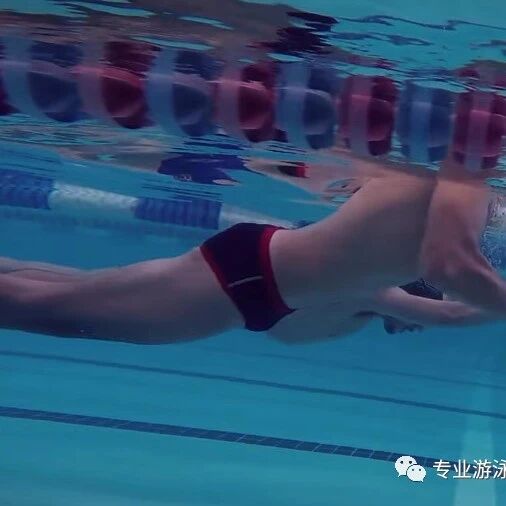

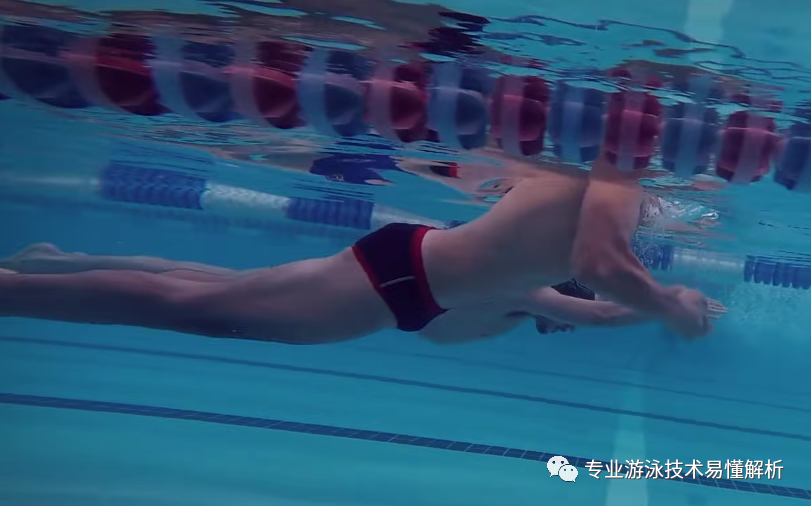
2. Convenient practice props: The uses of a chair and a wall
For the typical mistakes observed across the three stages, it’s essential to implement tailored, corrective practice methods. Instead of immediately attempting the standard frog kick while lying on the floor, start by focusing on relaxing your ankles. Sit comfortably in a chair, keep your legs still, and simply observe your feet—no leg movements yet. Begin with your ankles, as this approach lays a solid foundation for executing the correct frog kick technique. Once you notice your ankles gradually loosening up, progress to practicing the lower legs: gently slide them behind the chair leg and use your ankles to hook onto the chair frame. Repeat this exercise repeatedly, paying close attention to how your knees respond, until you can smoothly execute the knee-encircling motion characteristic of the frog kick.
Finally, stand facing a wall and practice the backward leg-swinging motion. As you perform the swing, make sure your thighs don’t come into direct contact with the wall—this is key to maintaining proper form. With consistent practice, you’ll naturally discover the optimal balance between power and fluidity, achieving the most effective frog kick movement.
When practicing breaststroke, alternate between underwater and land-based drills to better identify the kicking technique that feels most natural and efficient for you. It’s worth noting that incorporating hip-opening exercises from dance training can significantly enhance your frog kick strength, making it a worthwhile addition to your routine.
Lastly, remember not to force your calves—or especially your toes—into a rigid, straight position. Doing so could compromise the relaxed, flowing nature of the frog kick, ultimately reducing your ability to glide smoothly through the water. Additionally, during the gliding phase of breaststroke, whether breathing through your nose or mouth, maintain a controlled exhalation rate. Avoid exhaling too quickly; instead, synchronize your breathing rhythm with the sensation of relaxation in your legs. This mindful breathing technique will help you refine your water awareness and improve your overall breaststroke performance.
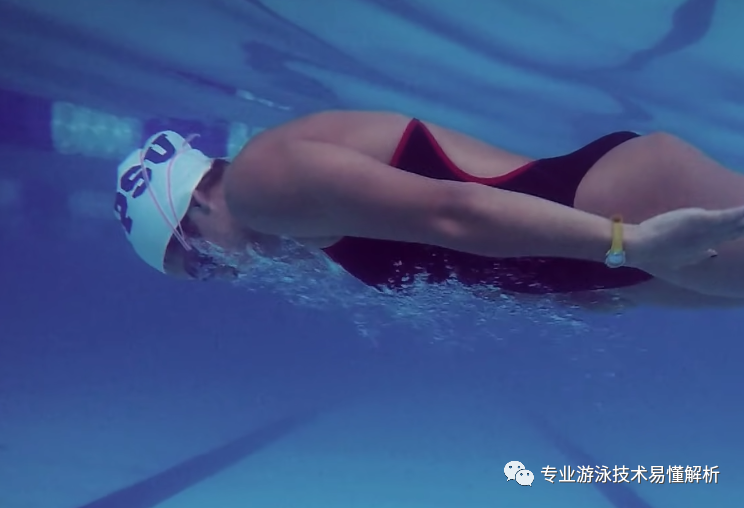
One official account shares swimming tips, while another focuses on software insights, online resources, and reading experiences.
Thank you for your supportive and encouraging likes, as well as the comments that spark meaningful conversations—and even more, we’d love to see those shares and retweets!
Related Articles
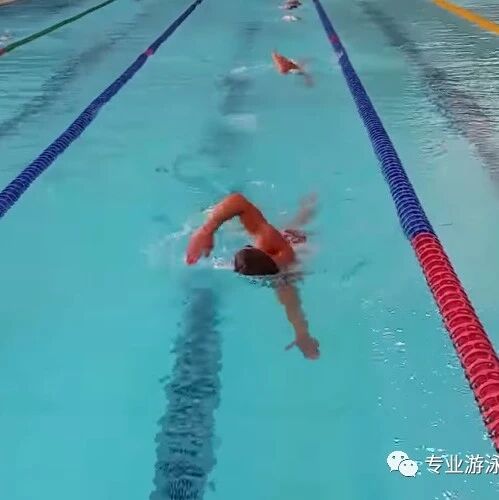
Continuing the discussion on exhalation in continuous breathing techniques, let’s explore the differences between exhaling through the mouth versus exhaling through the nose.
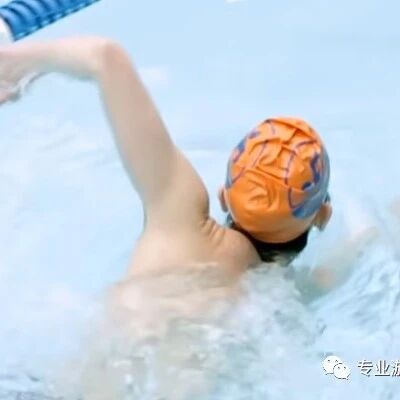
Looking up while swimming isn’t an unconventional approach—here are three key benefits of improving your swimming technique.
